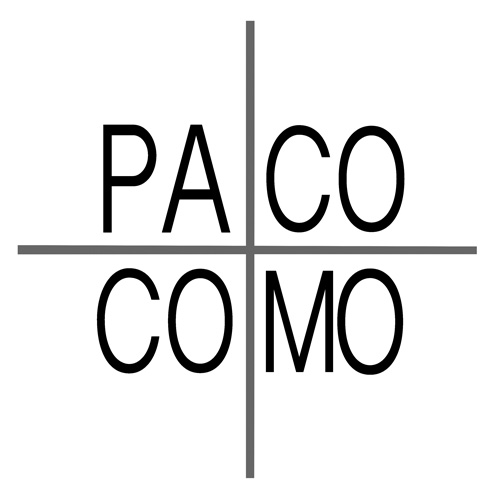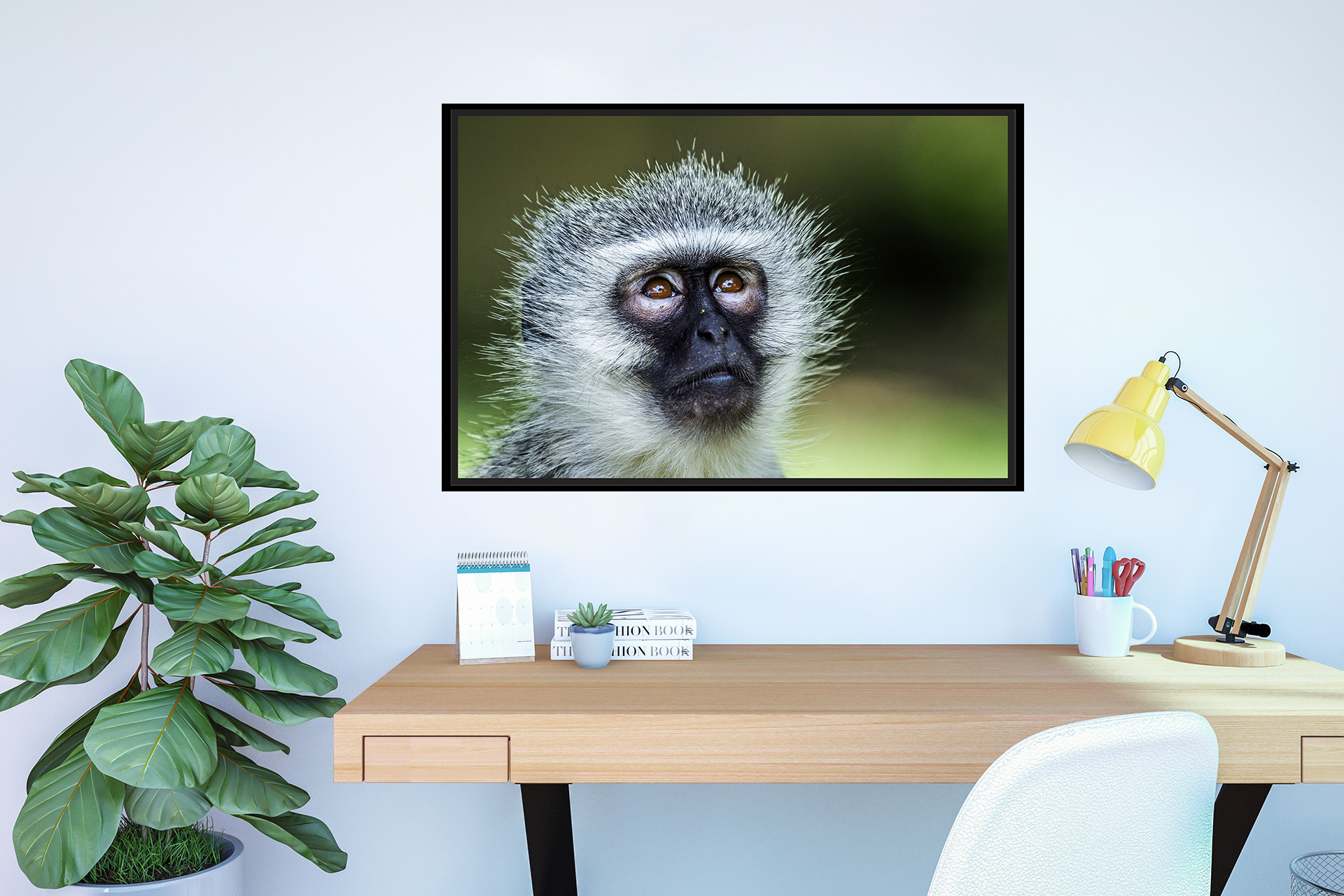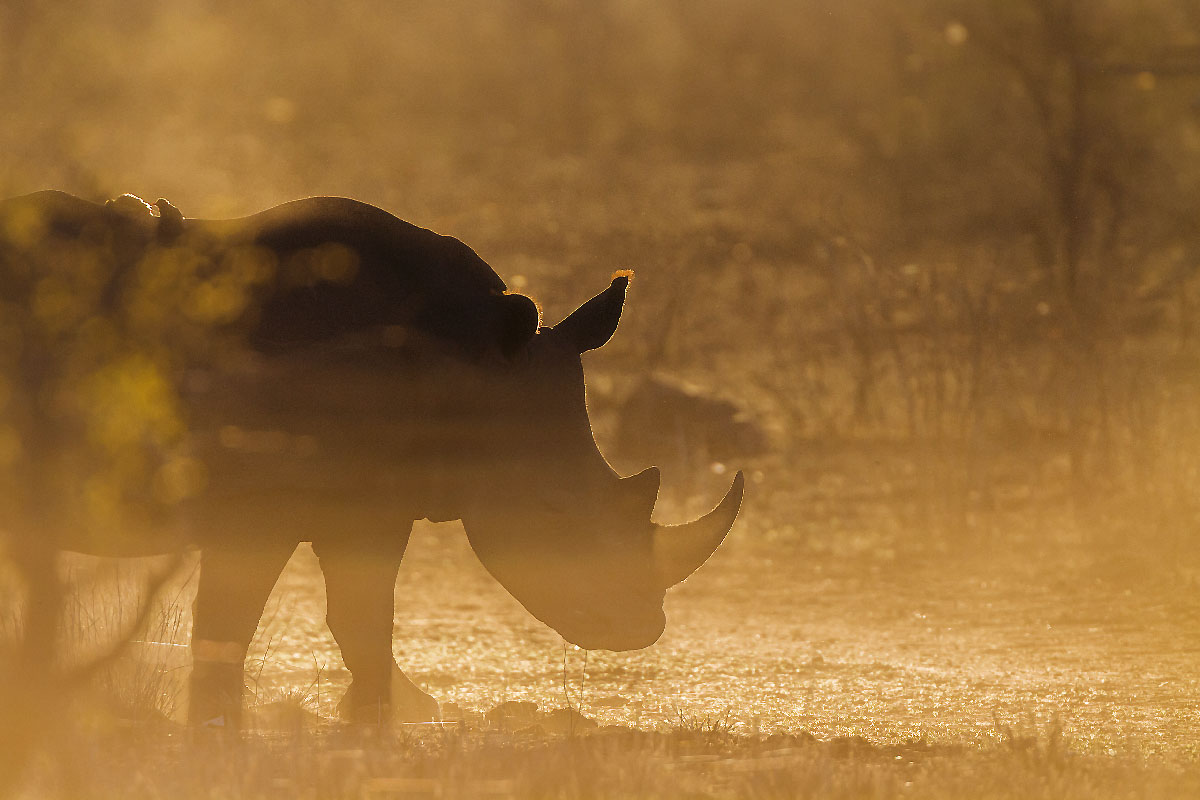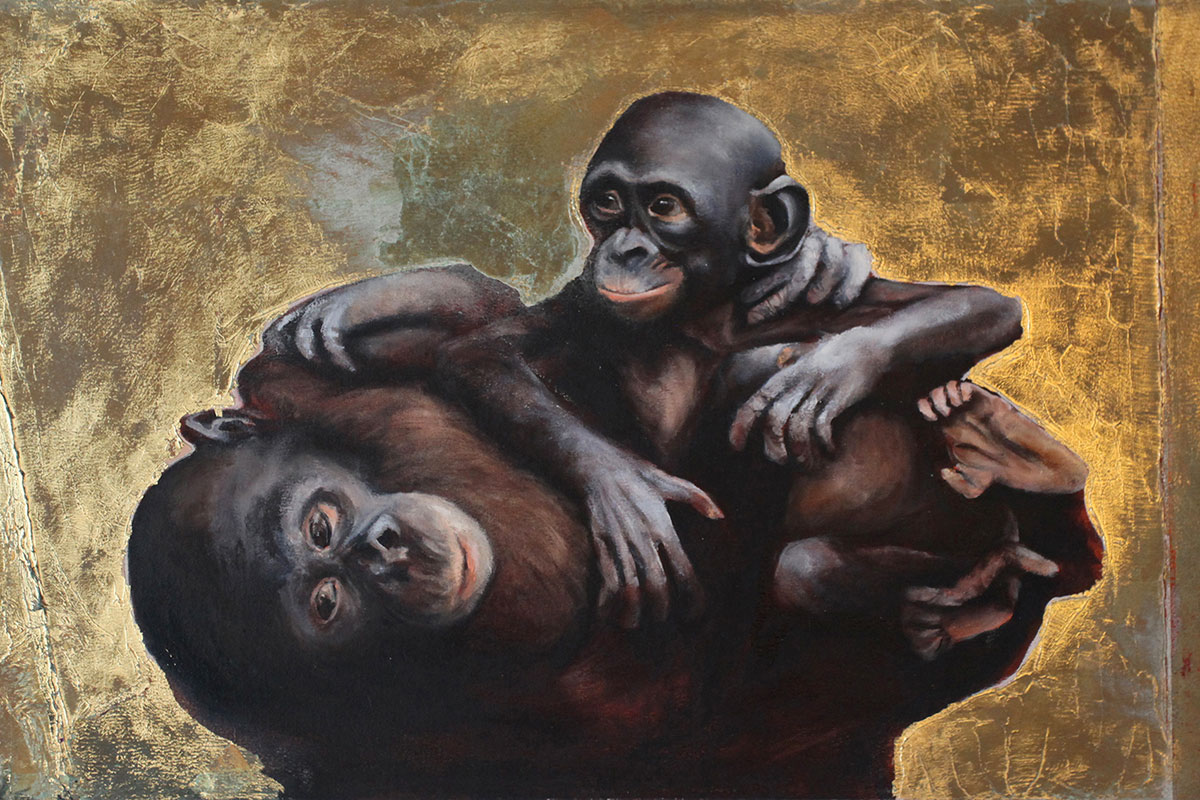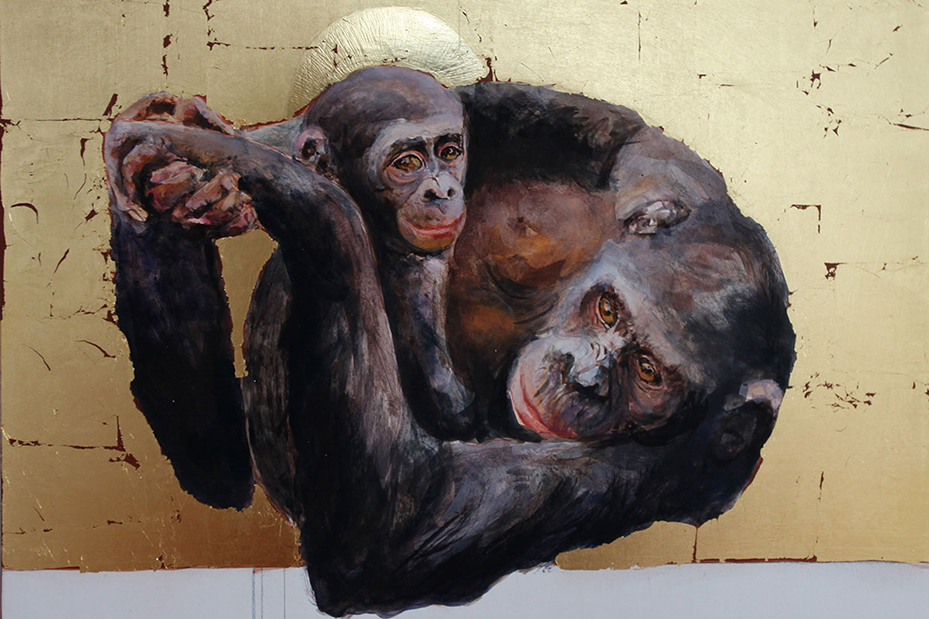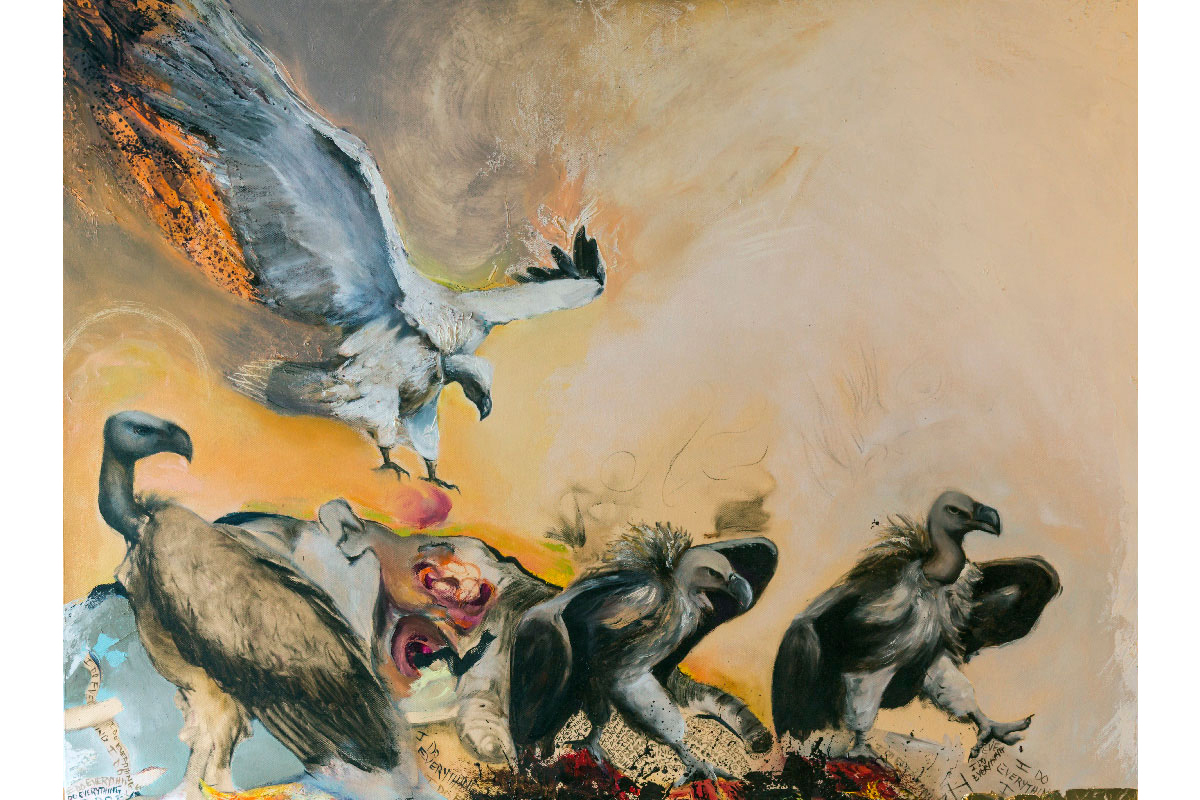PACO's photos
PACO's photos
Patrice Correia photo gallery
Choice by category
Animal portrait
In nature, animal portrait photography is always tricky, because it must be able to stand out from a photo taken in a zoo. In addition, the use of a high quality zoom is essential to capture a face to face with a wild animal. Thanks to these lenses, the photographer is always looking for the perfect Bokeh, which will highlight the subject.Black and white
In animal photography, black and white gives a very special atmosphere. The subject is highlighted by the multitude of shades of gray and causes an impressive realism as on the details of a skin oféléphant, or rhinoceros. Its aesthetics allows it to easily integrate with the modern decorations of our interiors.Monochrome
The monochrome photo gallery is a selection of photos based on a majority tone.
The African savannah is a privileged place to obtain this style of photo in warm tones of ocher. The animals, often in colors matching their habitat, seem to emerge from their environment, accentuating the wild side of the work. These paintings can perfectly fit into modern interiors with harmony.
Into the wild
Wildlife photography takes on its full meaning to capture wildlife in its natural and wild environment. The Into the wild gallery is a selection of these exceptional moments where the subject is embellished by its habitat.
En utilisant souvent un objectif grand angle, le spectateur se sent immergé à l'intérieur du tableau, au plus proche de la scène.
In painting as in photography, light remains the most important element to capture in order to give a particular atmosphere. In addition, sunrise and sunset are always conducive to the outings of big cats, birds and other animals. The orange results are often magical and provide images that the human eye cannot capture like a camera lens.
African Lion The species (Panthera leo leo) is part of the Big Five found in South Africa with leopard, éléphant, rhinocéros, and buffalo. The last census counts about 2000 individuals in the Kruger National Park. The total population in Africa is estimated at 35,000. But hunting, poaching and habitat loss threaten the species, classified as vulnerable by CITES.
Cheetah ------ The specie (Acinonyx jubatus) is not part of the Big Five. Its status is vulnerable at the CITES level and the estimate of its population in Africa is around 10,000 individuals. At the level of South Africa the figure of 1300 is advanced. The cheetah is mainly present in the parc transfrontalier de Kgalagadi et Parc national de Kruger. ------
African leopard ------ Specie (Panthera pardus pardus) is part of the Big five that is found is South Africa like lion, elephant, rhinoceros, and buffalo. It is the most widespread of the nine known subspecies in Africa and Asia. To date, there are only about 4,500 individuals left in South Africa. The species is considered vulnerable by the International Union for Conservation of Nature. ------
African bush elephant Specie (Loxodonta africana) is part of the Big Five that can be found in South Africa like leopard, lion, rhinoceros, and buffalo. It is difficult to count the number of elephants in Kruger Park. But it is sure that its population is important, maybe 10000 or more. Courrier international published an interesting article on this subject, illustrated by one of my photos - Elephant population in Kruger Despite everything, it remains a species in danger of extinction on the African continent with a largely fragmented habitat, and poaching still too present.
Plains zebra Also called Burchell's zebra, specie (Equus burchellii) is one of the symbols of the African savannah. Despite a large number in Kruger national park, around 30,000, it nevertheless remains placed in the status of almost threatened species due to hunting for bushmeat and for its skin, poached as soon as it ventures outside protected areas.
Giraffe ------------- The giraffe is the tallest of all land animals, a symbol of the African savannah. But the icon of Africa is in danger and, red list of endangered species of the International Union for Conservation of Nature. The population has decreased by 40% in the last 30 years. Article France info illustrated with my photo They are poached, their meat is eaten, and lately it has become fashionable to make trophies for hunters. https://www.francesoir.fr/societe-faits-divers/chasse-fiere-davoir-tue-une-girafe-elle-la-mangee-et-exhibe-ses-trophees-video --------------
African bird About 2753 bird species have been recorded on the African continent. South Africa is not left out with no less than 904 species. You can see the bird list South Africa, a real paradise for birdwatchers. Ma passion pour l'observation m'a déjà permis de photographier 230 d'entre eux. La plupart ont été faite dans le Parc national de Kruger , et dans le parc transfrontalier de Kgalagadi. ______
African Bird of prey About 150 raptor species have been recorded on the African continent. South Africa is not left out with no less than 67 species. You can see the raptor checklist South Africa, a true paradise for birdwatchers. My passion for observation has already allowed me to photograph 31 of them. Most were made in the Kruger National Park , and in the transfrontier park of Kgalagadi.
water bird The waterbirds of Kruger National Park and their habitats are well known to birdwatchers around the world. This is where you can spot the rare Pel's Fishing Owl or the highly endangered African Jabiru. For my part, I am particularly attracted by the grace and grandeur of the Goliath Heron, which makes it very photogenic.
African Antelope The African continent has 78 different species of antelopes mostly living in the savannah. The African continent has 78 different species of antelopes mostly living in the savannahleopard, l'éléphant, le rhinocéros, and the lion, le buffle d'Afrique is part of the big five.It remains the most iconic of the antelopes even if sometimes its classification remains unclear. For its part the elegantgreater kudu,was chosen as the symbol ofKruger national park . The park's savannah is home to 20 different species of antelope, favorite prey of large predators.
Rhinoceros There are 5 different species of rhinos in the world. The Kruger National Park is home to two of them: the white rhinoceros, and the black rhinoceros, critically endangered. In 10 years, the largest rhino population has declined by 70%, mainly due to poaching. Between April 2019 and March 2020, 303 rhinos were killed for their horn in Kruger Park Rhino horn is mainly sold in China and Vietnam, used in traditional medicine.
Primate The Kruger National Park in South Africa has 2 species of diurnal primates: Babouin Chacma , (Papio ursinus) Blue Vervet , (Chlorocebus pygerythrus) and 2 nocturnal species ( Galago ) Galago moholi Greater galago
La faune a photographier dans le Parc national de Kruger , est riche de 147 espèce de mammifères, 507 espèces d'oiseaux, 114 espèces de reptiles, 49 espèces de poissons et 34 espèces d'amphibien. Dans cette catégorie, vous pourrez retrouver des photographies de crocodile, écureuil, hippopotame... et bien d'autres.
